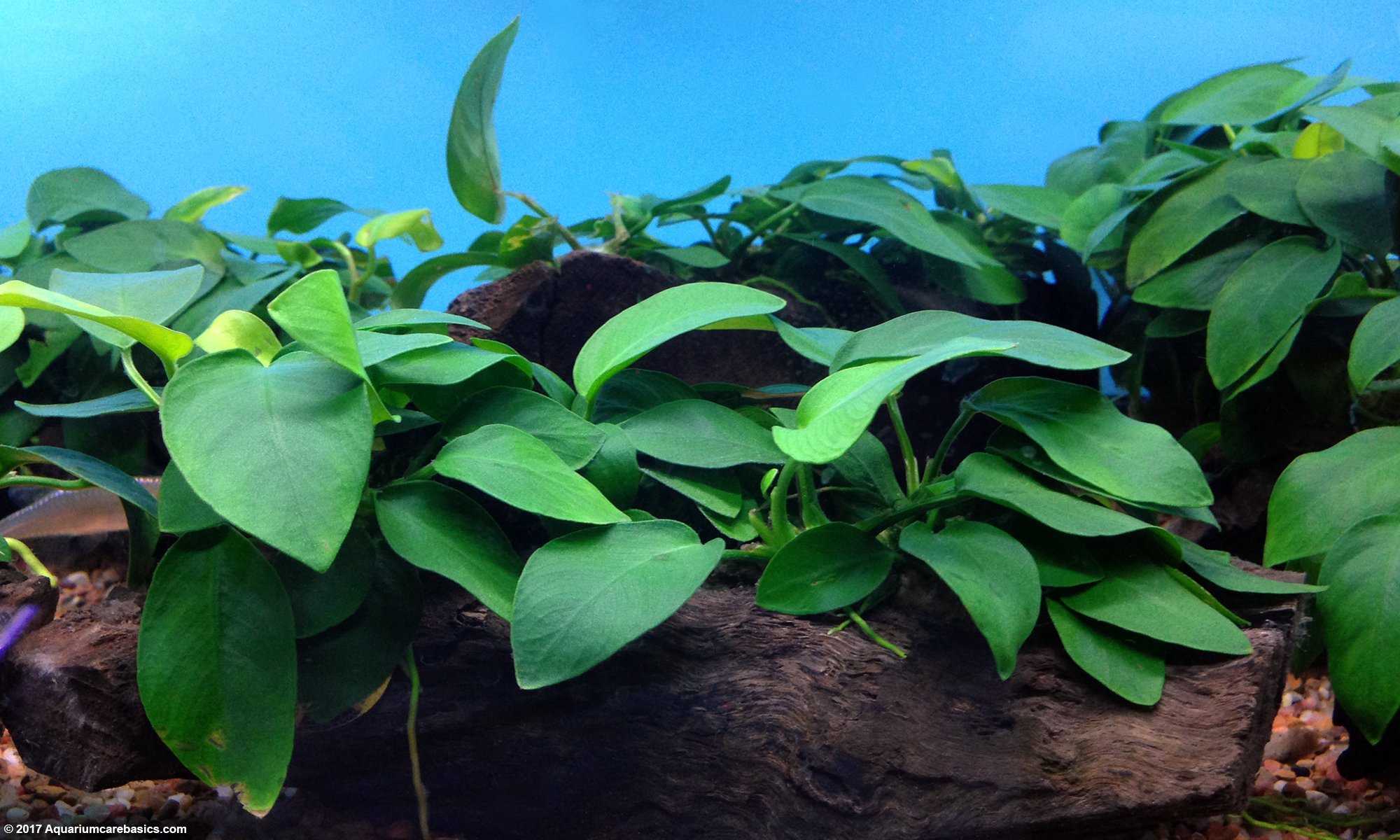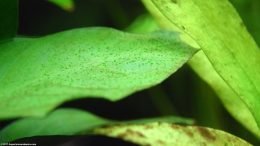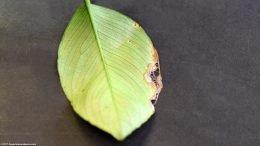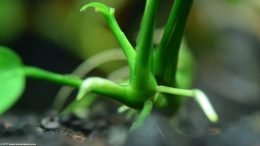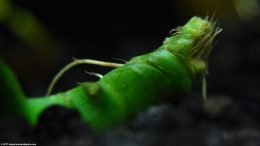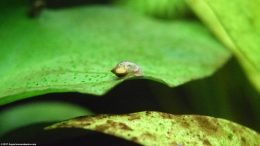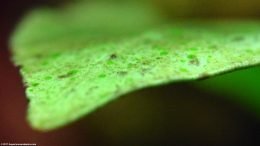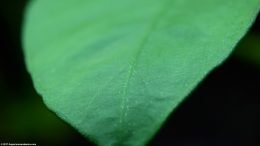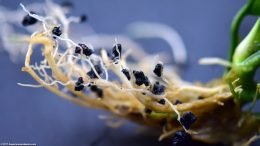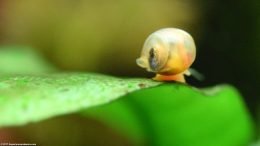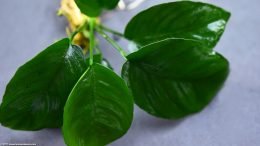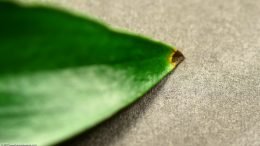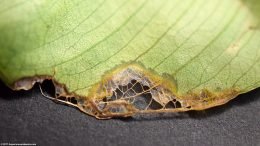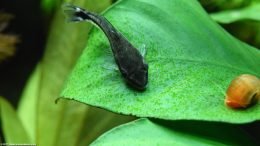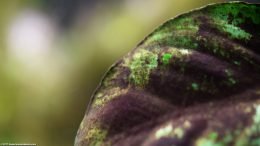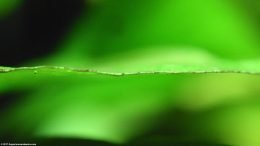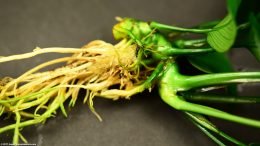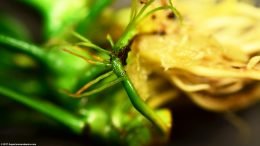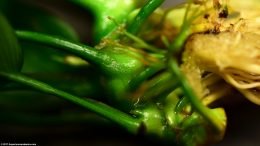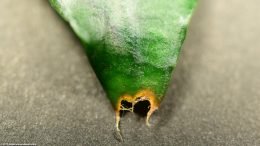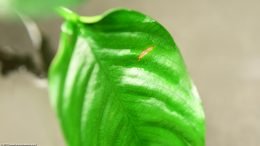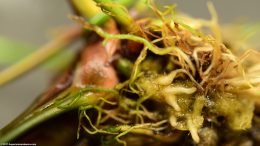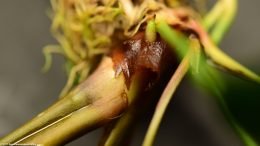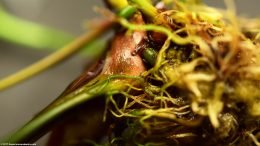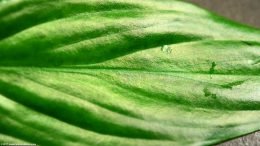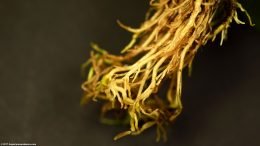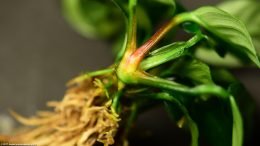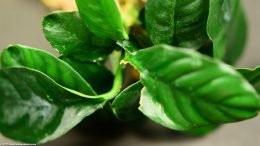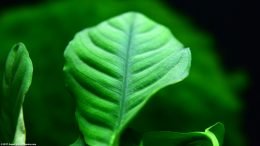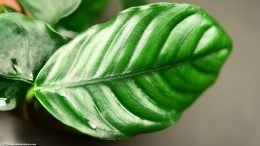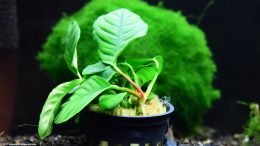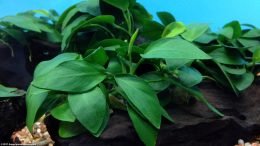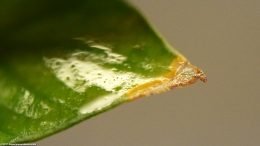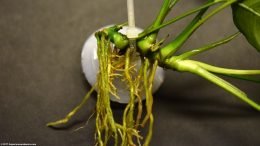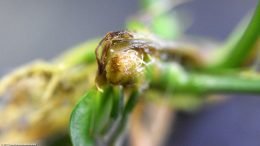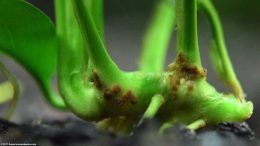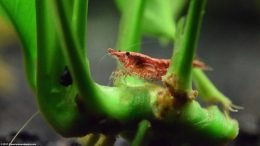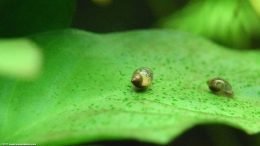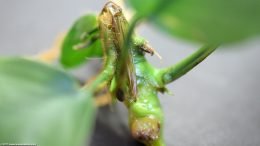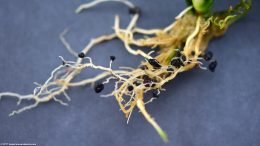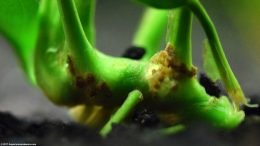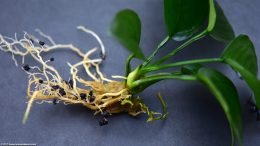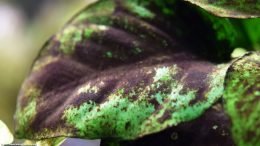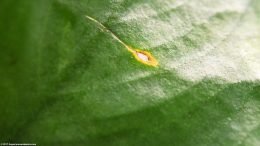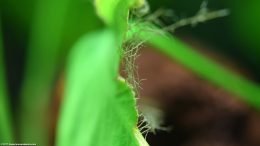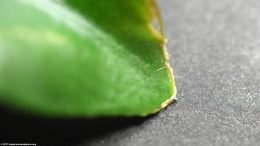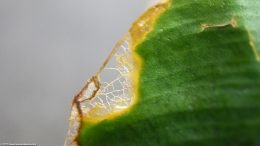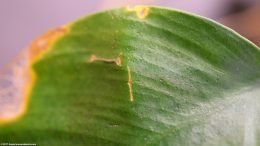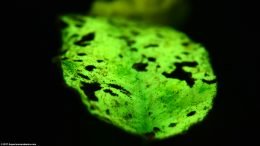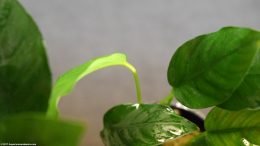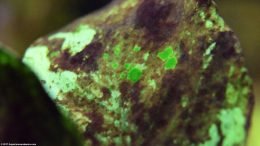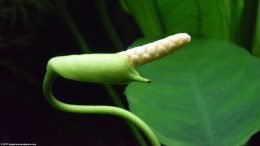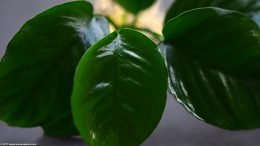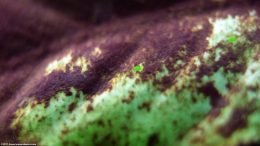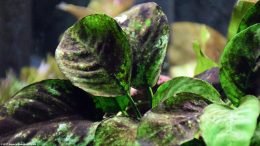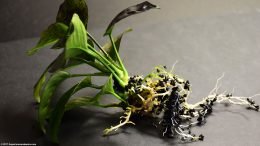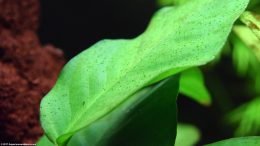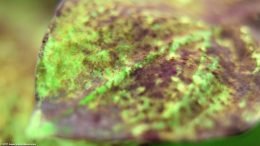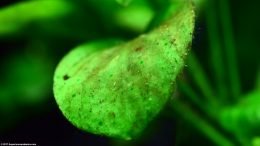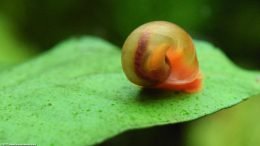Anubias Barteri is one of the more popular and resilient of the freshwater aquarium plants. The good news is Anubias Barteri is hardy, so its a great plant for beginners. Anubias Barteri is noted for its thick rhizome, strong root structure and durable green leaves. Depending on variety, Anubias Barteri makes a great foreground, midground or even a background plant. Either way, it can add a long lasting splash of rich green color to an aquarium.
Questions regarding Anubias Barteri often come from the following areas:
When Buying Anubias, What Should I Look For?
Where Can I See Anubias Pictures?
What Are Some Of The Different Anubias Plant Types Available?
Is Anubias Care Easy Or Difficult?
What About Anubias And Reproduction?
Why Do My Anubias Leaves Have Algae On Them?
Buying Anubias Barteri: What To Look For
Anubias plants are available for sale a couple of different ways. Often, Anubias plants sold as bare root plants taken right from the gravel in the store tank. Anubias plants may also be sold potted in a little plastic container. Other times, Anubias plants may be sold attached to things like a lava rock, drift wood, suction cup, or other decoration. When buying Anubias Barteri, look for plants with lush green leaves, a thick rhizome and a healthy set of roots. Try to avoid plants that have cracked or broken leaves, or leaves with holes in them. Also, try to avoid plants that have algae visible growing on them.
Anubias Barteri Pictures Gallery
Anubias Plant Types: Many Varieties
There are many different anubias plant types on the market. Hobbyists will often see anubias plant types marketed as anubias barteri var. barteri, for example, with the “var.” referring to the specific variety of plant. Some anubias plant types are more common than others. Hobbyists may come across the likes of: Anubias barteri barteri, Anubias barteri round leaf, Anubias barteri broad leaf, Anubias barteri glabra, and Anubias barteri caladiifolia. Other types include:
Anubias Coffeefolia: A Foreground To Midground Plant
Often available as either a potted or bare root plant, Anubias Coffeefolia is a small, hardy foreground plant. Anubias Coffeefolia can be great for tropical community tank, or a shrimp or snail tank. Its hardy and durable.
Anubias Nana: A Foreground Plant
Anubias Care Is Easy And Straightforward
Healthy anubias care involves three broad areas: water parameters, lighting needs and planting methods. Anubias care is pretty easy, making it a good plant for hobbyists just starting out. Anubias can do well in tanks of any size or shape.
Water Parameters: One of the reasons anubias care is easy is due to the fact that aquarium water conditions are consistent with those for a community freshwater tank, and can even be a bit broader:
Aquarium pH: 6.5 – 7.8
Water Temperature: 72 – 78 Degrees Fahrenheit
Appropriate Tank Size: Small to Large
Lighting Requirements: Another reason anubias care is easy is because its lighting needs are simple. Anubias Barteri can thrive is a wide range of lighting conditions from low light to higher levels of light. In low light tanks, meaning 1.8 to 3 watts per gallon, anubias plants will grow slowly. At higher lighting levels, anubias plants may grow more quickly, but will also be more susceptible to algae growth on the tops of their leaves.
Planting Methods: Anubias plants can grow in aquarium gravel, aquarium substrate, attached to rocks, driftwood, or decorations. While aquarium gravel may be adequate, anubias plants seem to do much better when planted in nutrient rich substrate or when attached to porous rocks or driftwood. My personal preference is substrate. Another aspect of anubias care relates to planting. When planting Anubias Barteri its important to not completely bury the rhizome. Instead, make sure the rhizome is on top of the substrate so that the rhizome visible to the eye.
Anubias Propagation: Cutting The Rhizome
When an Anubias plant grows to a decent size a hobbyist may want to think about cutting the plant into two or more new plants. This is what a hobbyist would call anubias propagation. The process is not difficult.
Anubias Propagation: Take the plant out of the water. Carefully using a sharp blade, cut the rhizome into two or more pieces, making sure to leave at least three or four healthy leaves on each new section of rhizome. Also make sure to not damage the roots in the process. Plant the new pieces back in the substrate keeping in mind not bury the rhizome. And that’s all there is to it.
Anubias Leaves And Algae
Because Anubias plants are slow growing and their leather-like leaves will not move back and forth in the water very much, Anubias leaves are ideal places for algae to grow. So its a good idea to keep Anubias plants in areas of a tank that get shade. Keeping Anubias plants under the cover of plants like Brazilian Pennywort or Water Sprite can provide shade, for example. Along these lines, its also a good idea to keep Anubias plants in areas where the water current is moving moderately.

